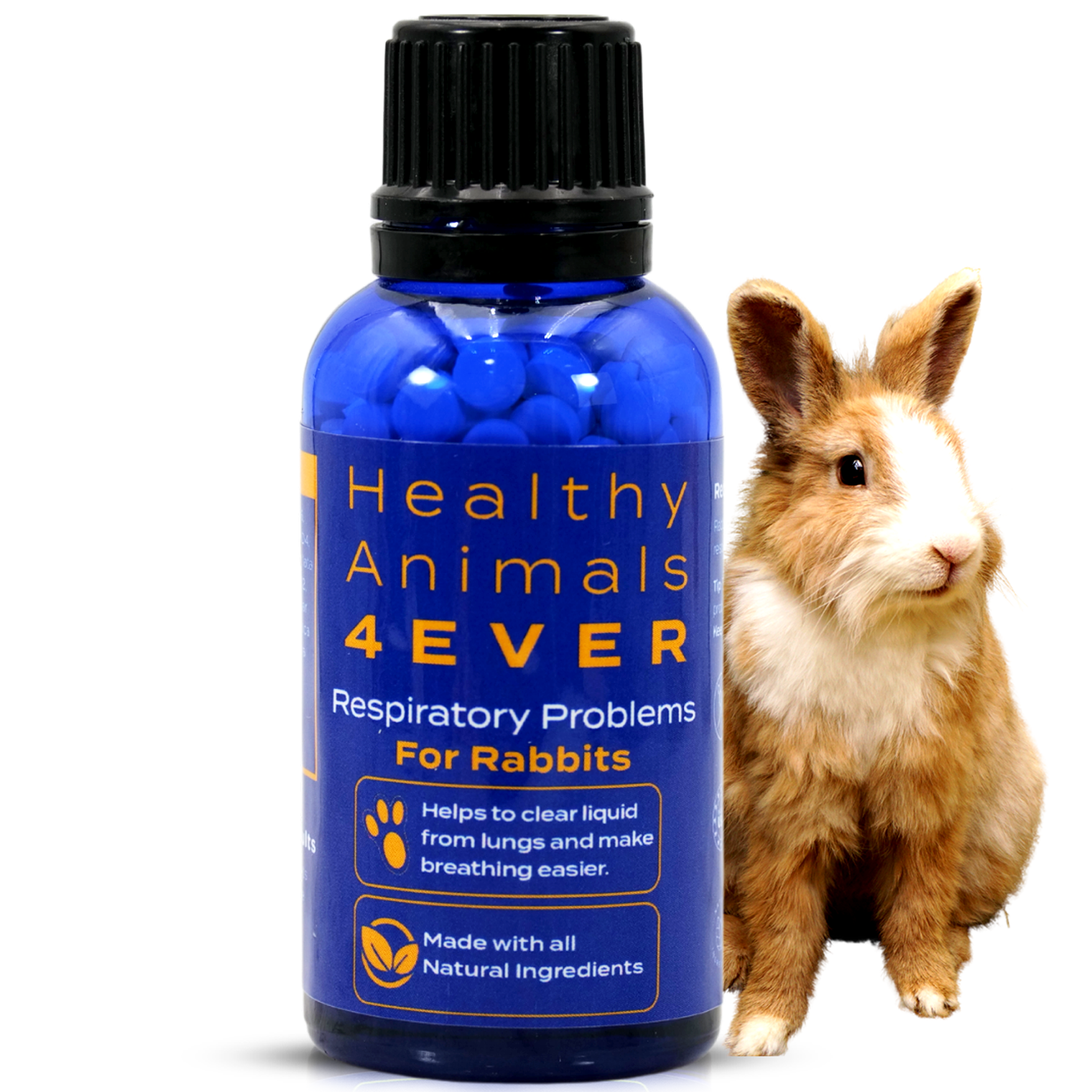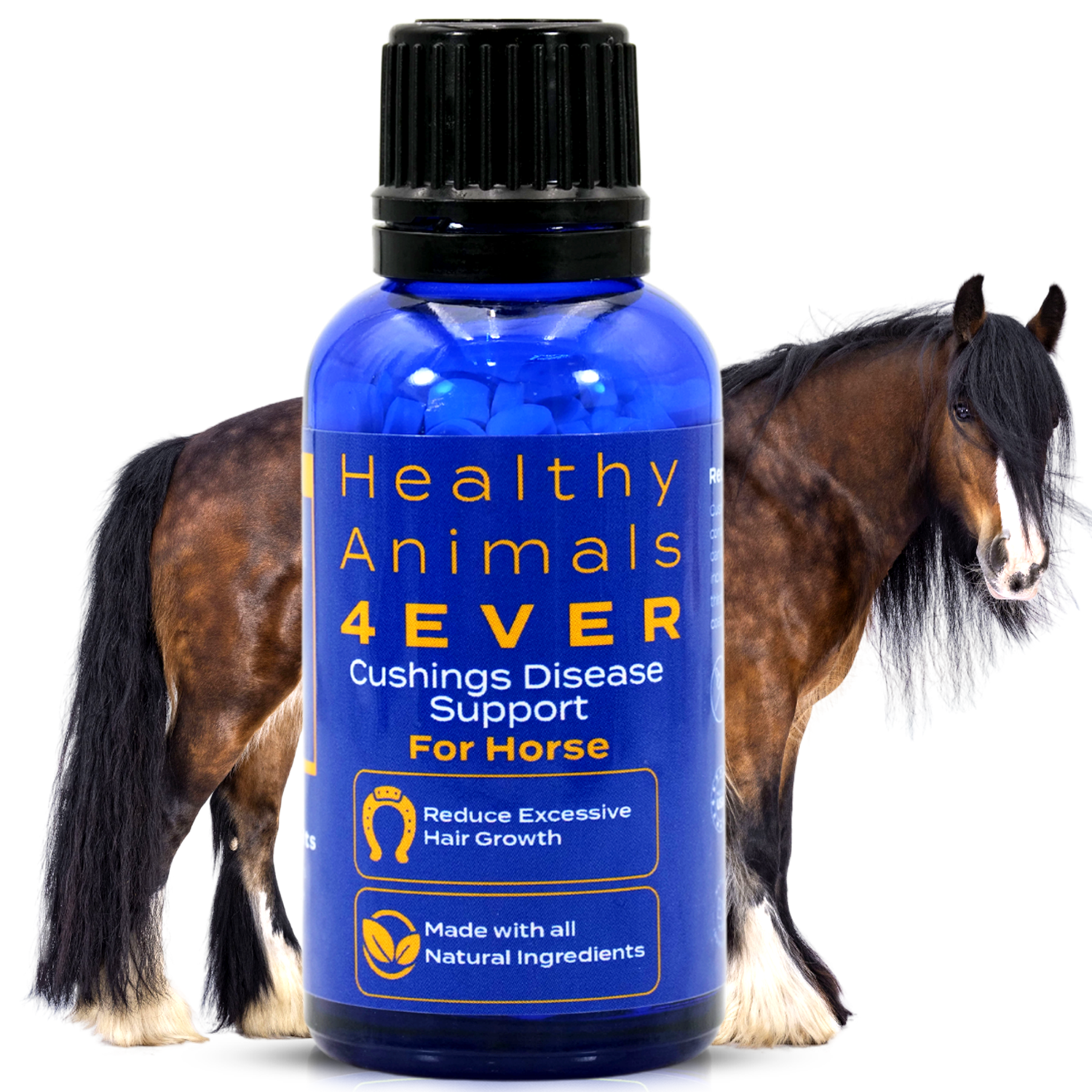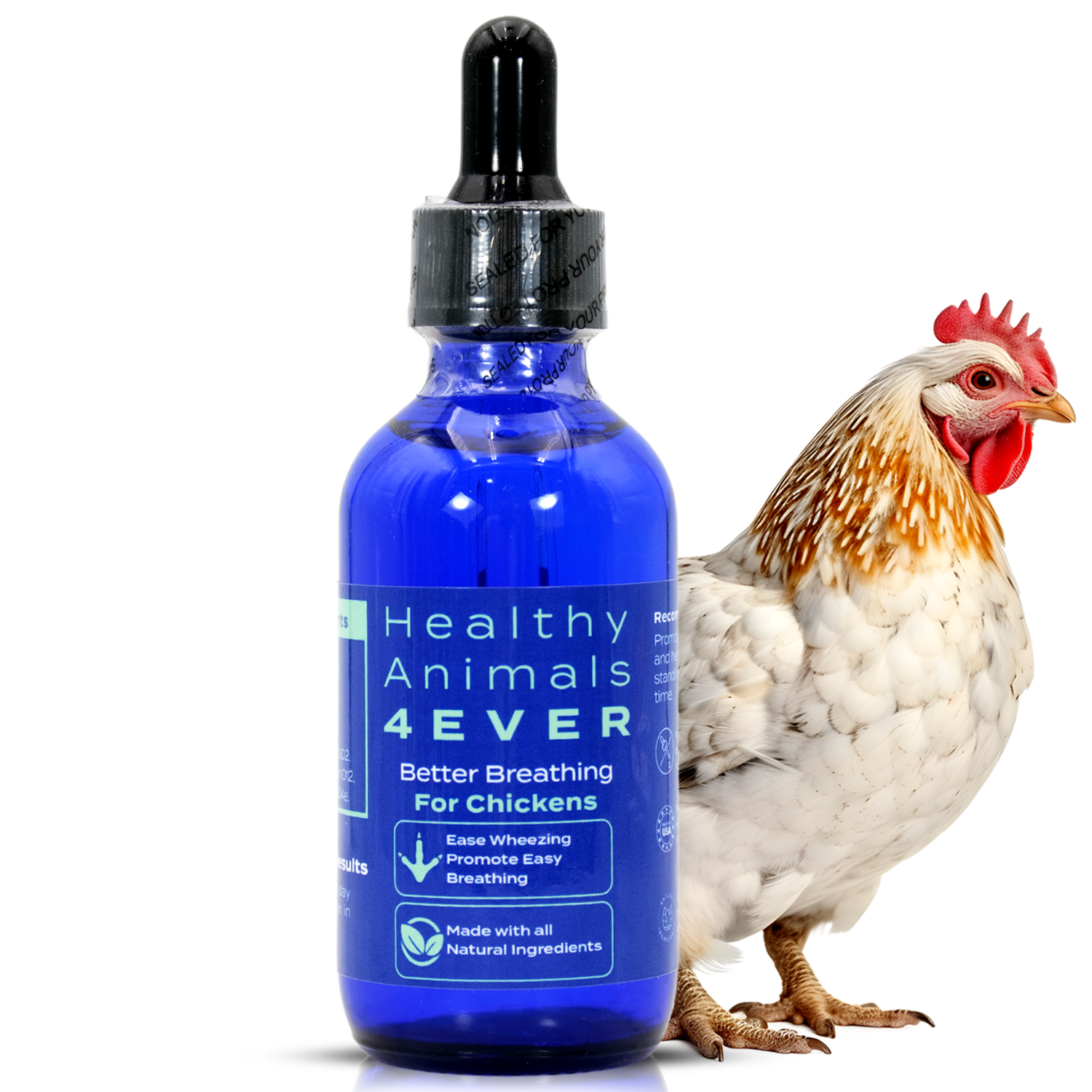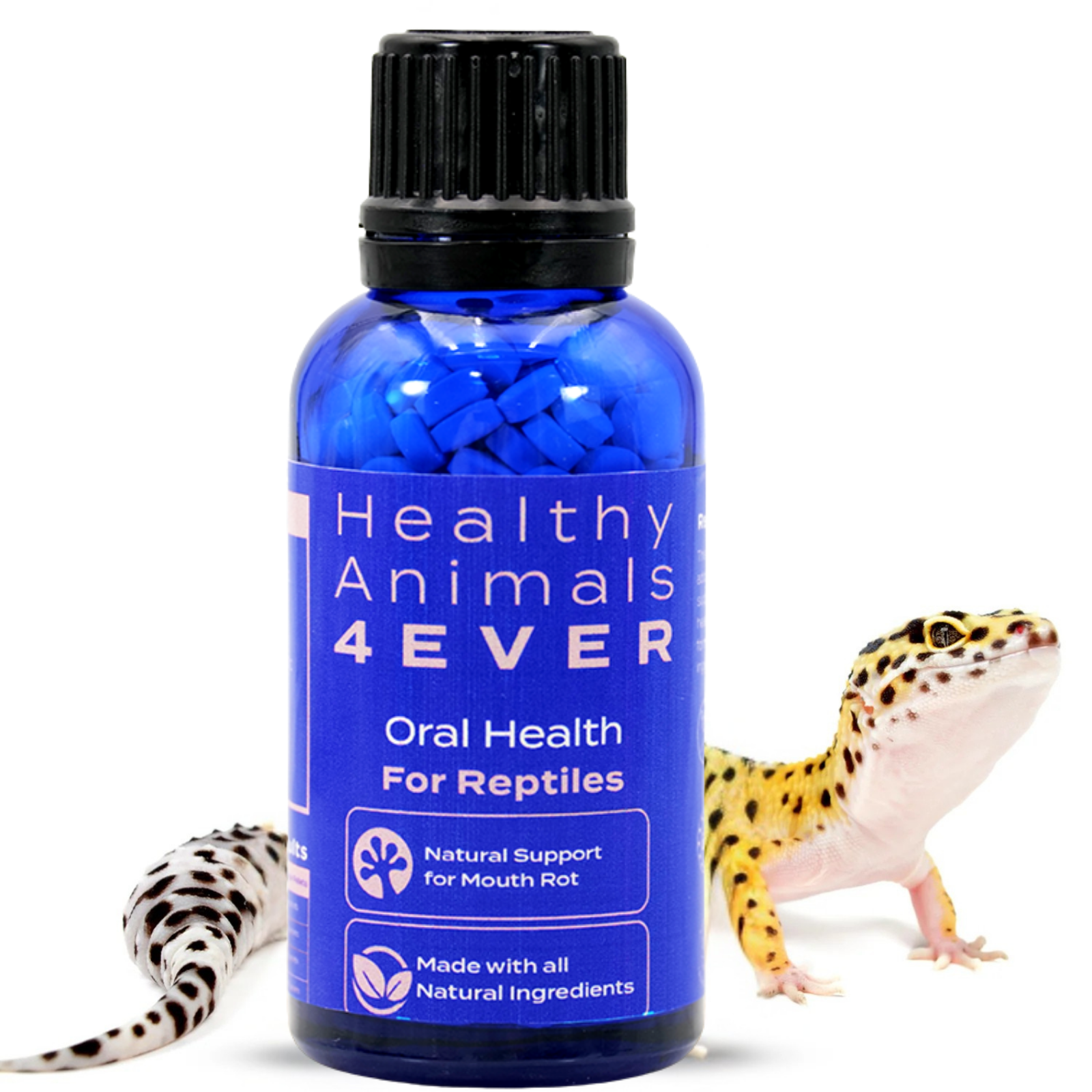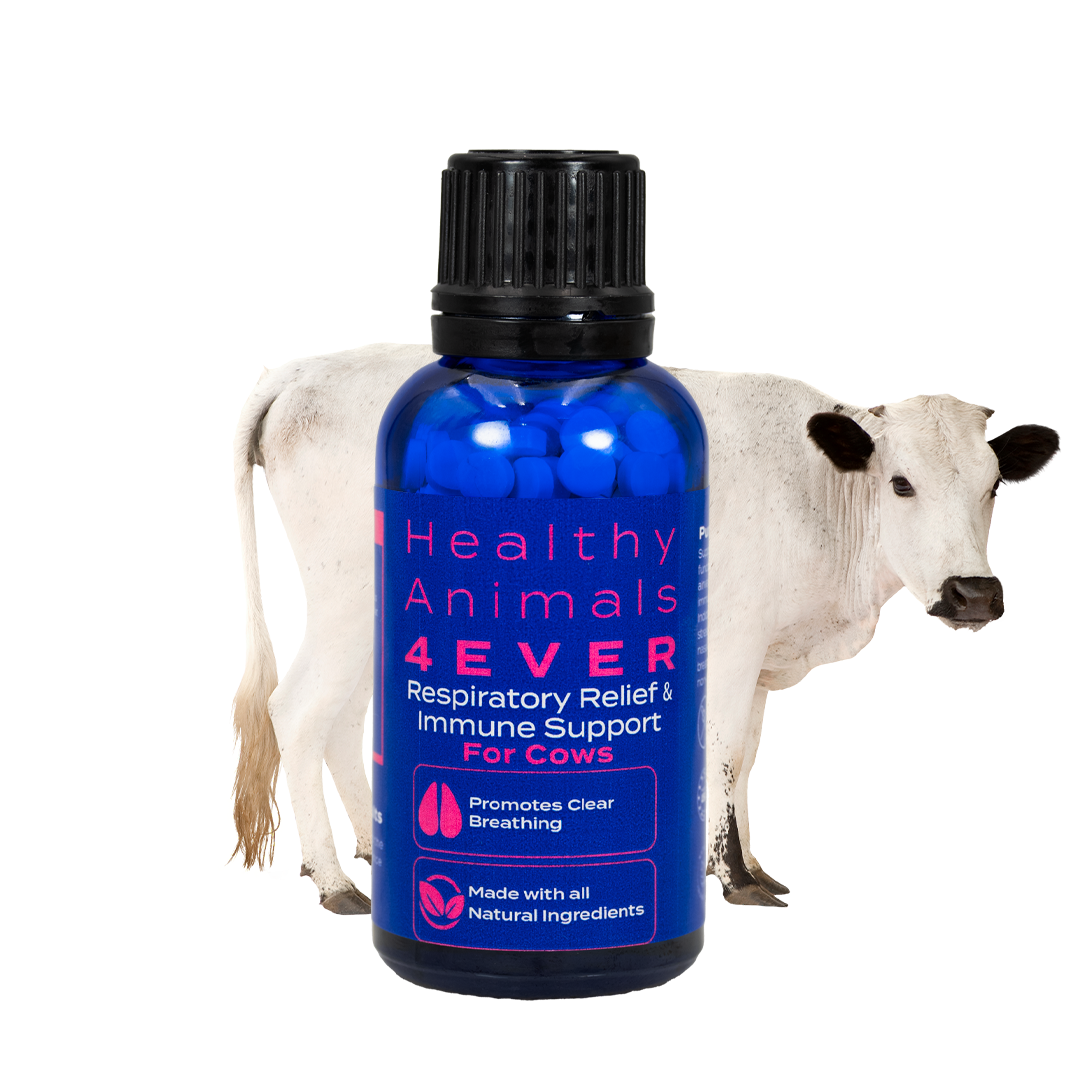Pet Love: A Comprehensive Guide to Understanding and Nurturing Your Furry Valentine
As Valentine's Day approaches, it's the perfect time to explore our beloved pets' world, exploring how they express emotions and communicate needs. In this blog, we'll discover the language of love between you and your pet, uncovering the joy in simple gestures, quality time, and the healing power of touch.
Keep reading to learn how to strengthen the bond with your pets, appreciating their role in your life beyond words.
Aggression and Frustration Reduction (for dogs) provides natural support for aggressive dog behavior, excessive barking, nervousness, and anxiety. Helps alleviate stress and fear. All-natural formula. Easy to use.Aggression and Frustration Reduction (for cats) provides natural support for aggressive cat behavior, excessive barking, nervousness, and anxiety. Helps alleviate stress and fear. All-natural formula. Easy to use.
The Language of Love: How Pets Express Emotions and Communicate Needs
Understanding your pet's emotions and communication cues is learning a unique language that strengthens your bond. While they can't speak with words, pets express themselves through various behaviors and cues. By paying attention to these signals, you grasp their emotional state and deepen your connection.

Here's a guide to interpreting your pet's language:
-
Vocalizations:
- Listen to your pet's sounds – barks, meows, whines, or purrs. Each has a distinct meaning, providing insight into their feelings or needs.
- Note the tone, pitch, and frequency of vocalizations for a more nuanced understanding.
-
Body Language:
- Observe your pet's body posture. A wagging tail, raised ears, and a relaxed stance usually signify joy or contentment.
- Conversely, a tucked tail, flattened ears, or raised hackles might indicate fear, anxiety, or discomfort.
Anxiety And Over-Reaction from Fear is a natural remedy for calmness and reduced fear in dogs. It helps minimize stress and fear responses. Useful for generalized, separation, social, and environmental anxiety. All-natural formula. Non-drowsy relief. Easy to use.
-
Facial Expressions:
- Dogs and cats convey emotions through facial expressions. A relaxed face with an open mouth signals happiness.
- Squinting eyes or a tense expression may indicate stress or unease.
-
Gestures:
- Pets use gestures to express affection or seek attention. Nudging, licking, or pawing are common signs.
- Scratching, avoiding eye contact, or turning away may indicate discomfort or a desire for space.
-
Tail Language:
- Pay attention to the tail. A wagging tail in dogs expresses excitement, but a slow wag or tucked tail may indicate nervousness.
- Cats use their tails to communicate, with an upright tail signaling confidence and a puffed-up tail indicating fear.
-
Eye Contact:
- Eye contact is a powerful form of communication. A soft gaze conveys affection, while prolonged staring may be perceived as a threat.
- Allow your pet to initiate and break eye contact to build a sense of security.
-
Physical Contact:
- Note how your pet seeks or avoids physical contact. Some pets enjoy cuddling, while others prefer staying close without direct contact.
- Respect your pet's preferences for touch, reinforcing a positive and trusting relationship.
-
Changes in Behavior:
- Be aware of changes in behavior. Sudden shifts, such as increased hiding or aggression, may indicate underlying issues.
Building a Strong Bond: Quality Time with Your Pet
Building a strong bond with your pet is akin to nurturing a deep, meaningful friendship. It requires time, attention, and genuine care.

Here are some ways to strengthen the connection between you and your furry companion:
-
Daily Interaction:
- Spend time each day engaging with your pet. This could include playing, grooming, or simply sitting together.
- Consistent interaction helps your pet feel secure and valued as a part of the family.
-
Routine Activities:
- Establish a routine for feeding, walks, and playtime. Predictability provides a sense of stability for your pet.
- Regular activities create a dependable structure, contributing to your pet's overall well-being.
-
Training and Learning:
- Engage in positive reinforcement training. This teaches your pet essential commands and fosters communication and mutual understanding.
- Learning new tricks or commands together can be a fun and rewarding experience.
-
Exploration and Adventure:
- Take your pet on walks or outings to new places. This allows them to explore different environments and experiences.
- Outdoor activities stimulate physical and mental well-being, creating a happy and engaged pet.
-
Respect Personal Space:
- Understand your pet's boundaries and respect their need for personal space.
- Allow your pet to come to you for affection, reinforcing trust and ensuring they feel in control of their environment.
-
Mindful Presence:
- Be present and mindful during your interactions. Put away distractions and focus on the quality of your time together.
- Your undivided attention communicates love and reinforces the significance of your relationship.
- Addressing Separation Anxiety
-
- Pets form solid bonds and can experience loneliness and anxiety when separated from their owners. Recognizing and addressing separation anxiety is crucial for their emotional well-being. Check here how to manage this common challenge in dogs.
Creating a Pet-Friendly Environment
Just like humans, pets thrive in environments that cater to their physical and emotional needs. Designing a pet-friendly space involves thoughtful considerations to ensure your furry friend feels comfortable and secure.

Here's how you can create an optimal environment for your pet:
-
Comfortable Living Spaces:
- Provide cozy and well-defined areas for your pet to rest and relax. This could include a comfortable bed or a designated corner with their favorite blanket.
- Cats often appreciate vertical spaces like cat trees or shelves to observe their surroundings.
-
Safety First:
- Identify potential hazards in your home and remove or secure them. This includes toxic plants, electrical cords, or small objects that could be swallowed.
- Use pet gates to restrict access to certain areas, especially if there are spaces where your pet could get stuck or injured.
-
Interactive Toys:
- Offer a variety of toys that cater to your pet's natural instincts. Dogs may enjoy chew toys or puzzle feeders, while cats prefer toys that mimic prey.
- Regularly rotate toys to keep your pet engaged and prevent boredom.
-
Proper Identification:
- Ensure your pet has proper identification, including a collar with an ID tag and a microchip. This is crucial in case they ever get lost.
- Keep information on the ID tag updated, including your current contact details.
-
Nutrition and Water Access:
- Provide a consistent and easily accessible supply of fresh water. Clean water bowls regularly to maintain hygiene.
- Place food bowls in quiet, low-traffic areas to allow your pet to eat without feeling threatened.
-
Litter Box Maintenance:
- For cat owners, maintain a clean and odor-free litter box. Cats are more likely to use it if it's kept in a quiet and easily accessible location.
- Scoop the litter daily and change it regularly to ensure your cat's comfort.
-
Environmental Enrichment:
- Stimulate your pet's mind with environmental enrichment. This can include puzzle toys, scratching posts, or window perches for cats.
- Dogs benefit from outdoor activities like walks and indoor activities like hide-and-seek or treat-dispensing toys.
-
Temperature Considerations:
- Ensure your home is at a comfortable temperature for your pet. Provide cozy blankets in colder months and make sure there are cool spots in warmer weather.
- Monitor your pet's comfort level, especially for breeds sensitive to extreme temperatures.
-
Health Check-ins:
- Regularly check your pet's health. Scheduled vet visits and attention to any signs of discomfort demonstrate your commitment to their well-being.
- Promptly addressing health concerns ensures a longer, healthier life for your cherished companion.
Feeding Love: The Role of Nutrition in Your Pet's Well-being
Like humans, a well-balanced diet is crucial to your pet's overall health and emotional well-being. Understanding and providing the proper nutrition contributes to their longevity and happiness.

The following are some ways to ensure your pet gets the nourishment they need:
-
Species-Appropriate Diet:
- Different pets have different dietary needs. Cats, for instance, are obligate carnivores and require a diet rich in animal protein. At the same time, dogs are omnivores with a more varied diet.
-
Quality Pet Food:
- Choose high-quality commercial pet food that meets the nutritional standards set by veterinary organizations. Look for options with balanced levels of protein, fats, carbohydrates, vitamins, and minerals. Read ingredient labels to ensure natural, recognizable ingredients and avoid excessive additives or fillers.
- You can also opt to prepare your own pet food. Check why this is a safer option and how to make it at home.
-
Proper Portion Control:
- Overfeeding can lead to obesity, which poses health risks for pets. Follow feeding guidelines provided by the pet food manufacturer or your veterinarian.
- Monitor your pet's weight and adjust portions to maintain a healthy body.
Weight Loss provides natural support to reduce overeating in dogs. Energy-boosting formula. Promotes healthy elimination of extra body weight. All-natural formula. Easy to use.
-
Regular Feeding Schedule:
- Establish a consistent feeding schedule. Regular meals provide a sense of routine and predictability for your pet.
- Avoid drastic changes in diet, as sudden transitions can lead to digestive upset. Gradually introduce new foods over several days.
-
Hydration Matters:
- Ensure your pet has access to fresh, clean water at all times. Proper hydration supports various bodily functions and helps prevent issues like urinary tract problems.
- Monitor water intake, as changes can indicate underlying health concerns.
-
Special Dietary Considerations:
- Some pets may have specific dietary requirements due to allergies, sensitivities, or medical conditions. Be attentive to signs of allergies or food sensitivities, such as itching, gastrointestinal issues, or changes in behavior.
- If you suspect a problem, consult your veterinarian to identify and address special dietary needs.
-
Treats in Moderation:
- While treats can be a way to express love, they should be given in moderation. Excessive treats can contribute to weight gain and nutritional imbalances.
- Opt for healthy treats or use small portions of your pet's regular food as rewards during training.
The Healing Power of Touch: Petting and Grooming
Just as humans find comfort in a gentle touch, pets, too, benefit significantly from positive physical interactions. Petting and grooming contribute to their physical well-being and strengthen the emotional bond between you and your pet.

- Regular Grooming Sessions:
-
- Establish a grooming routine based on your pet's specific needs. This includes brushing their fur, trimming nails, and cleaning ears.
- Grooming maintains your pet's hygiene and allows you to check for skin issues or abnormalities.
Skin Allergy Rash and Irritations is a natural allergy remedy for all cats. Helps heal irritated & infected skin. It may provide relief from insect bites. Provides a calming effect. All-natural formula. Easy to use.
-
Bonding Through Brushing:
- Brushing your pet's coat is more than just keeping them tidy; it's a bonding experience. Use a gentle brush, and pay attention to areas where they enjoy being touched.
- This routine helps prevent matting, reduces shedding, and enhances the shine of their coat.
-
Nail Care:
- Regularly trim your pet's nails to prevent discomfort or potential injuries. If you're uncertain about nail trimming, consult your veterinarian or a professional groomer.
- Associating nail care with positive experiences, like treats or affection, helps your pet feel more at ease.
-
Ear and Dental Care:
- Clean your pet's ears as part of the grooming routine using a veterinarian-approved solution and gentle techniques.
- Dental care is vital for their overall health. Introduce tooth brushing gradually and use pet-friendly toothpaste to maintain oral hygiene.
Oral Health Gum Healing is a natural remedy for gum disease and inflammation in dogs. Promotes healing and optimal oral health. Aids in reducing pain. All-natural formula. Easy to use.
-
Massage and Physical Contact:
- Massaging your pet can be a calming experience. Use gentle strokes, and pay attention to areas they enjoy, such as the neck, back, or belly.
- Physical contact stimulates the release of oxytocin, often called the "love hormone," promoting well-being.
-
Understanding Your Pet's Preferences:
- Every pet has individual preferences when it comes to touch. Pay attention to their body language to understand areas where they enjoy being touched and those they may find sensitive.
- Respect their boundaries, and be attentive to discomfort or stress.
-
Addressing Fear or Anxiety:
- If your pet is anxious or fearful of grooming, take a gradual approach. Start with short sessions and gradually increase the duration as they become more comfortable.
- Positive reinforcement, such as treats or praise, helps create positive associations with grooming activities.
-
Professional Grooming Services:
- Consider professional grooming services, especially if your pet has specific grooming needs or if you're unsure about certain procedures.
- Professional groomers have the expertise to handle grooming tasks efficiently while keeping your pet at ease.
Celebrating Valentine's Day with Your Pet
Valentine's Day isn't just for human relationships; it's an excellent opportunity to express love and appreciation for your four-legged companion.

Here are creative and thoughtful ways to celebrate Valentine's Day with your pet:
-
Special Treats:
- Prepare or purchase special treats for your pet. Consider pet-friendly recipes or high-quality treats to make the day extra delightful. This could be a special meal, a homemade pet-friendly cake, or a frozen treat.
- Ensure treats align with your pet's dietary needs and restrictions.
All Digestive provides natural digestive support for cats. Helps with stomach upset, diarrhea, and gastritis. It aids in restoring digestive balance and your pet's comfort. All-natural formula. Easy to use.
-
Quality Time Together:
- Set aside dedicated time for focused interaction. The key is undivided attention, Whether cuddling on the couch, playing in the backyard, or grooming sessions.
- Bonding time strengthens your connection and reinforces the sense of companionship.
-
Pet-Friendly Outings:
- If your pet enjoys outings, consider taking them to a pet-friendly park or a nature trail. Exploring new environments together can be a rewarding experience.
- Ensure your pet is comfortable with new surroundings and safely restrained if needed.
-
Relaxation Time:
- Recognize that some pets may prefer a calm and quiet day. Provide a cozy space for relaxation, away from potential stressors.
- A peaceful day with gentle strokes and a comfortable environment can be a valuable gift.
-
Customized Gifts:
- Purchase or create a personalized gift for your pet. This could be a cozy bed, a new collar, or a customized ID tag.
-
Photo Session:
- Capture precious moments with a photo session. Use props or accessories to add a festive touch, creating lasting memories.
- Share the photos on social media or create a printed photo album as a keepsake.
-
Safety Considerations:
- Ensure any celebrations are safe for your pet. Avoid exposing them to harmful substances, such as chocolate or specific plants.
- Keep an eye on decorations, ensuring they are pet-friendly and do not pose any risks.

Conclusion:
Understanding and meeting your pet’s emotional needs isn't just an act of care; it's recognizing your strong bond. By embracing their language of love and engaging in meaningful activities, we foster a deep and pure connection. This Valentine's Day, let's not forget the silent but powerful love our pets bring into our lives, making every day a celebration of the unique and unconditional bond we share with them.




